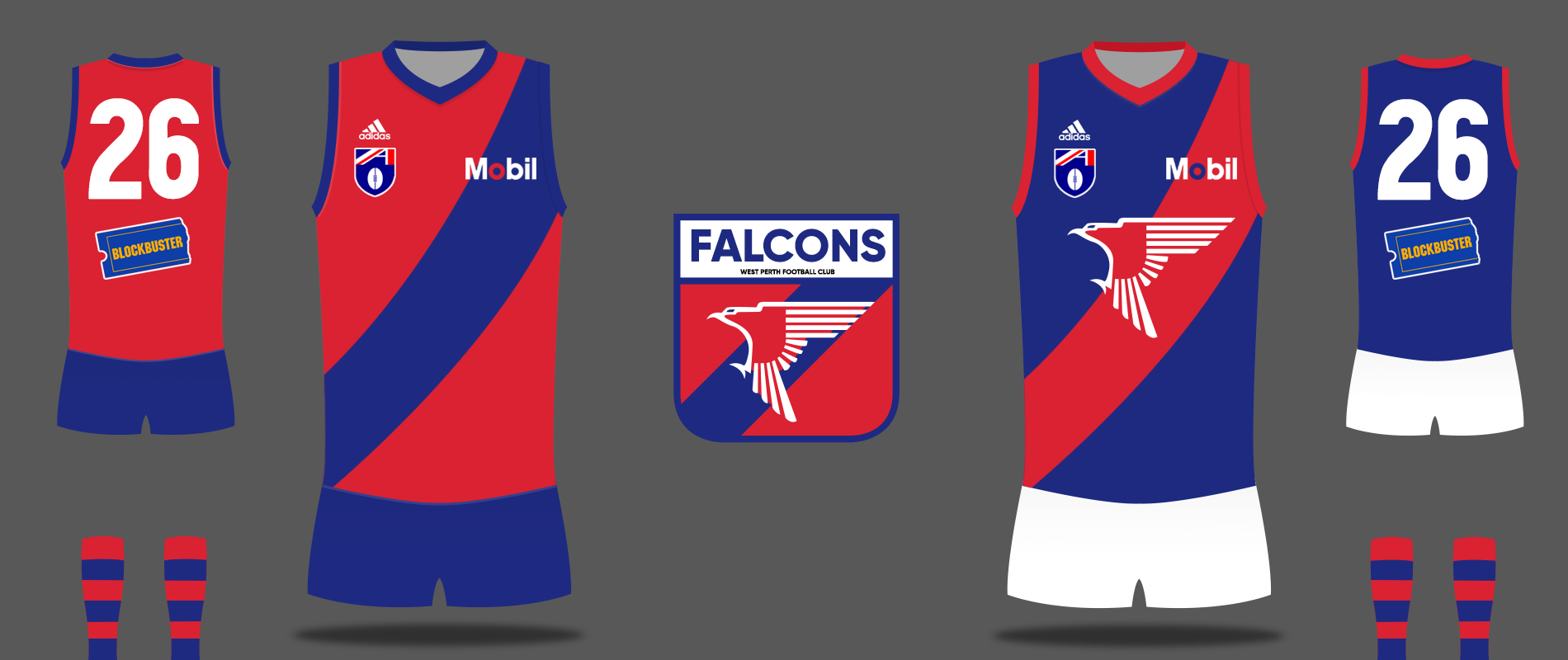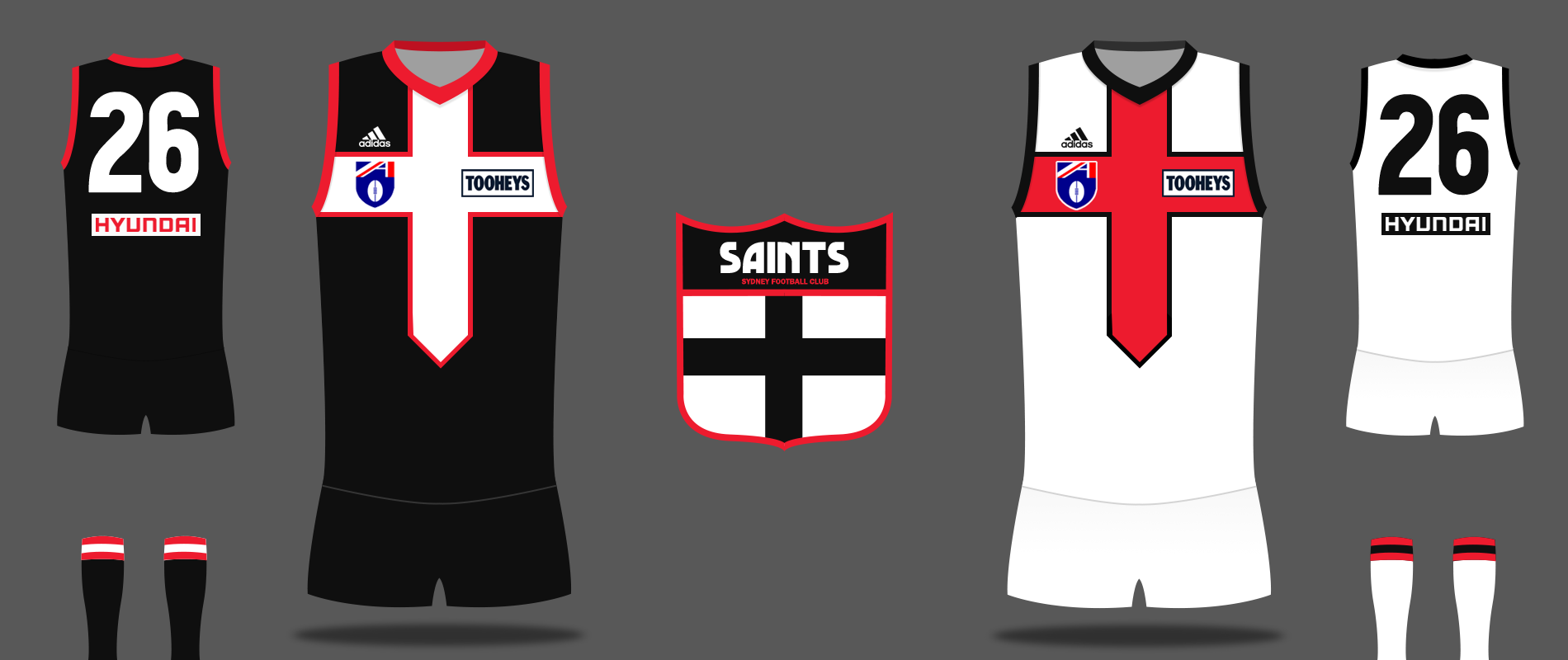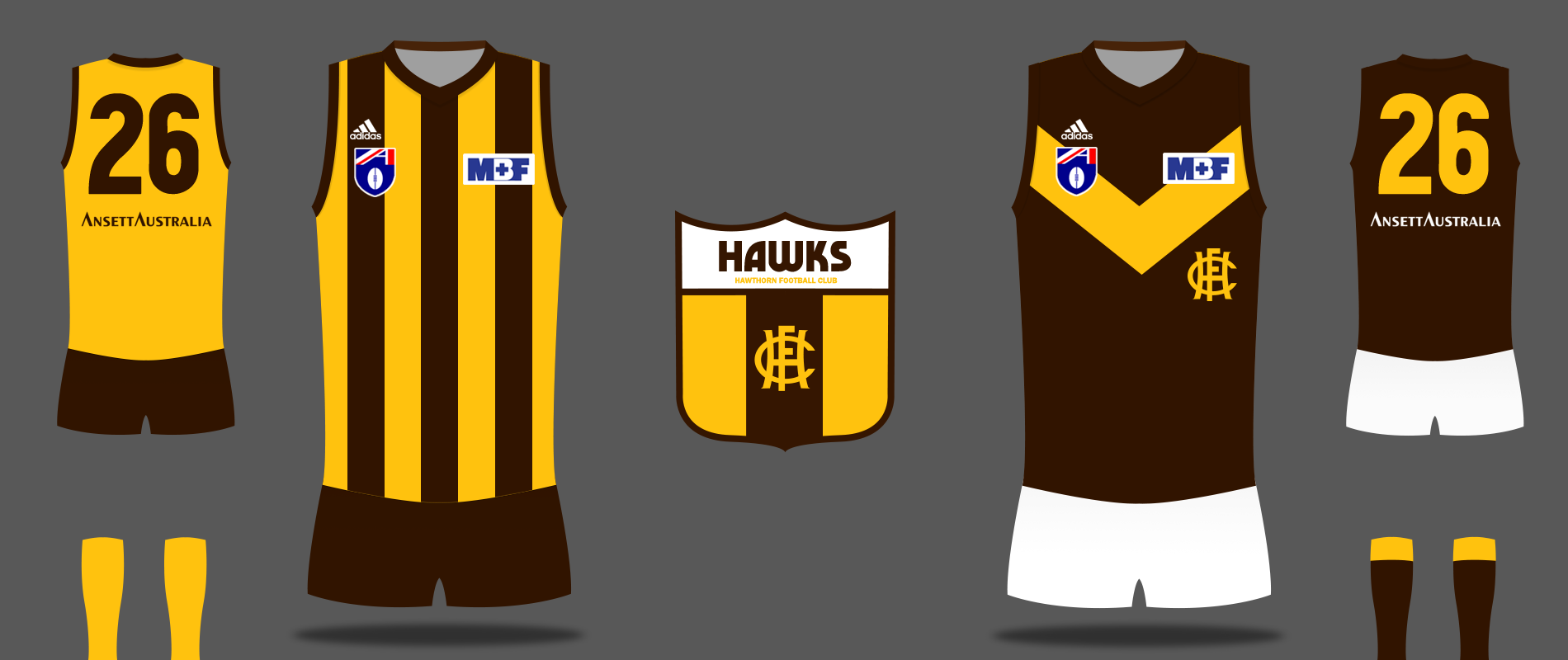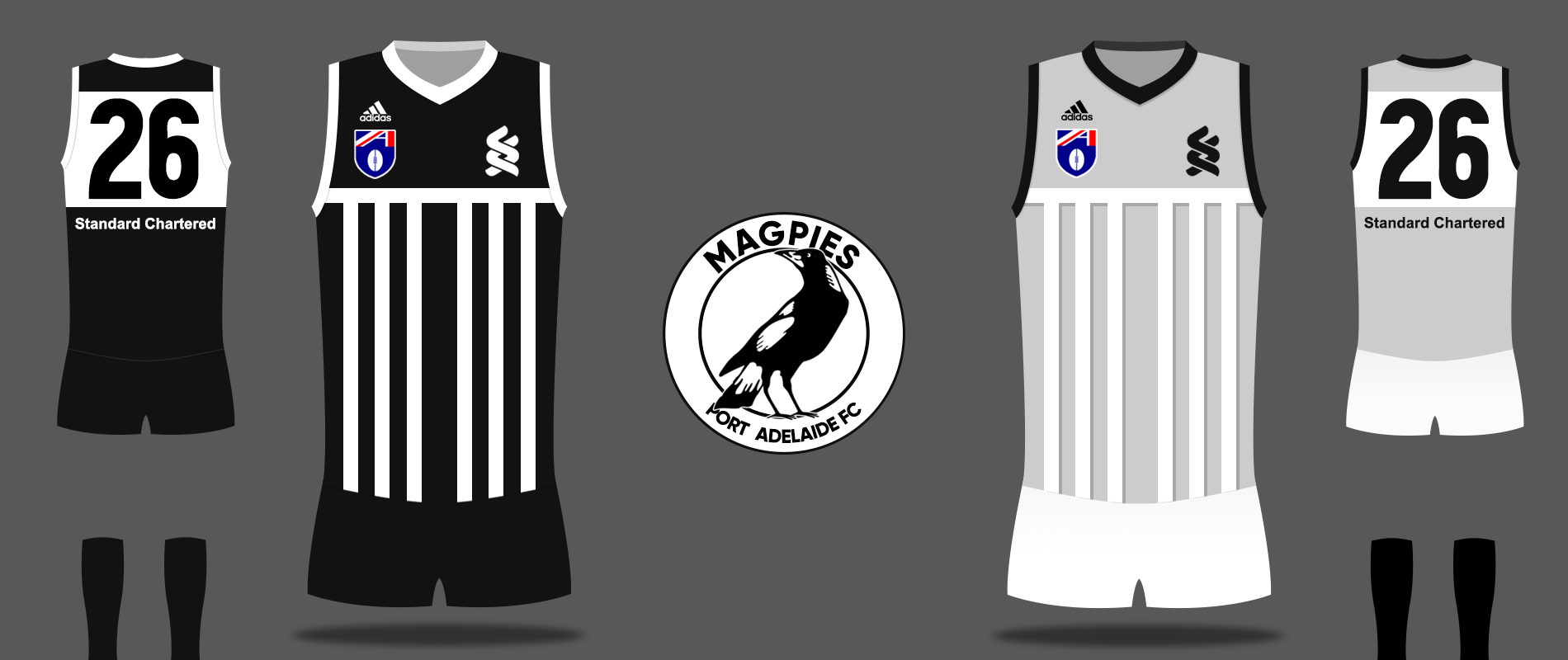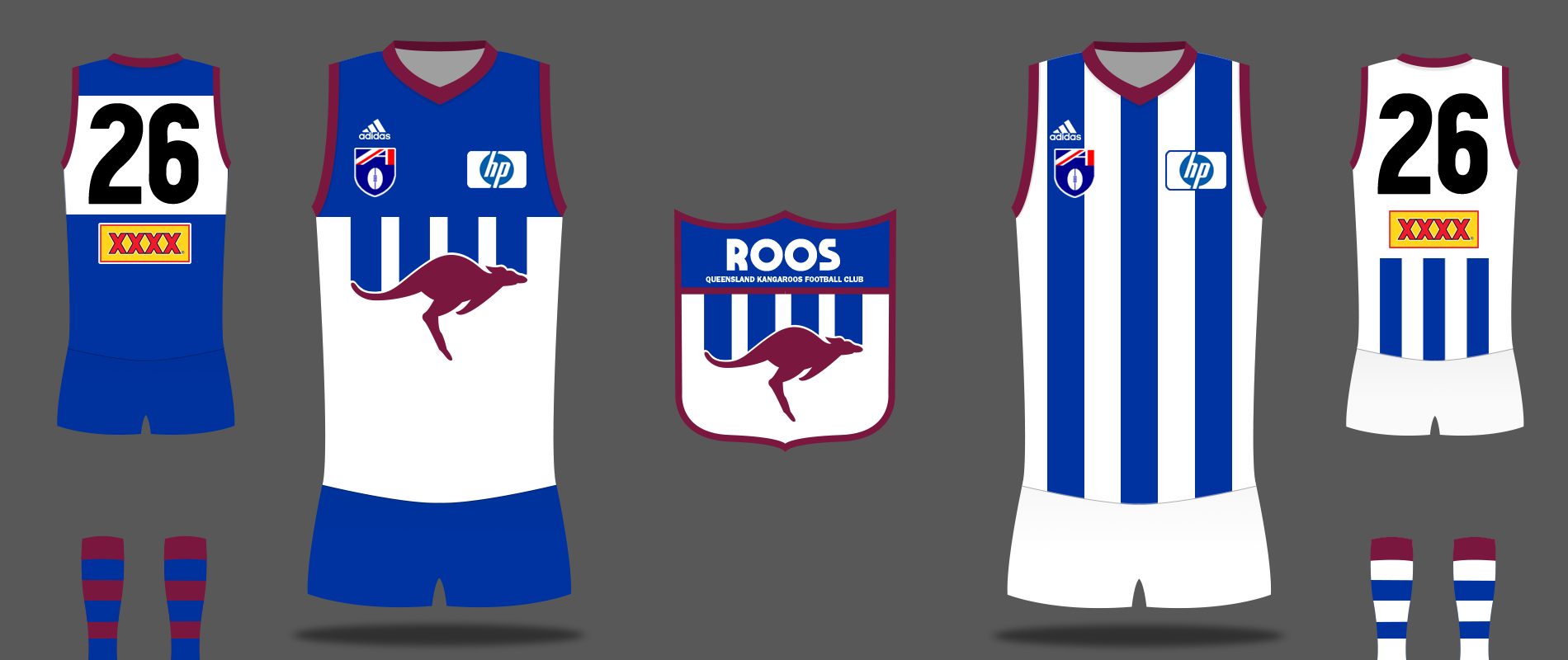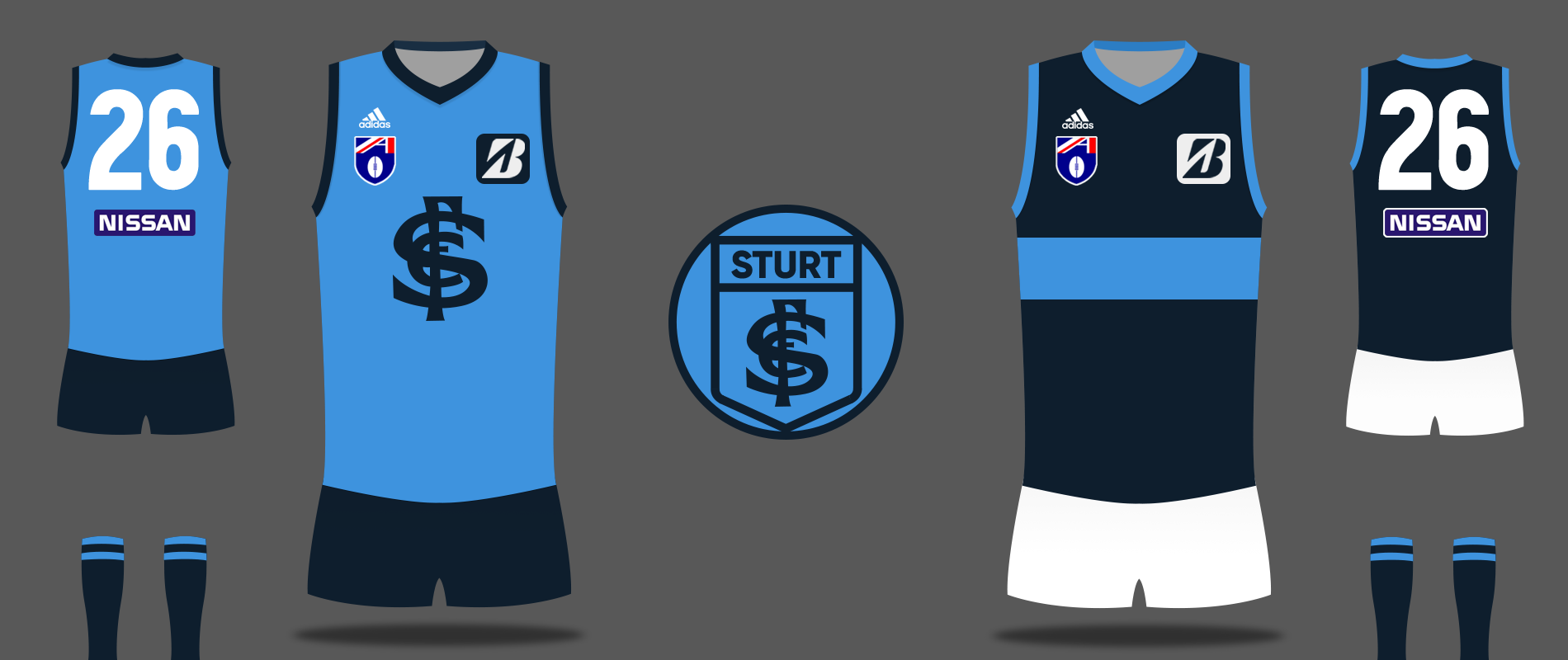sjohnson
Rory Lobbster
- Mar 9, 2015
- 555
- 1,181
- AFL Club
- Fremantle
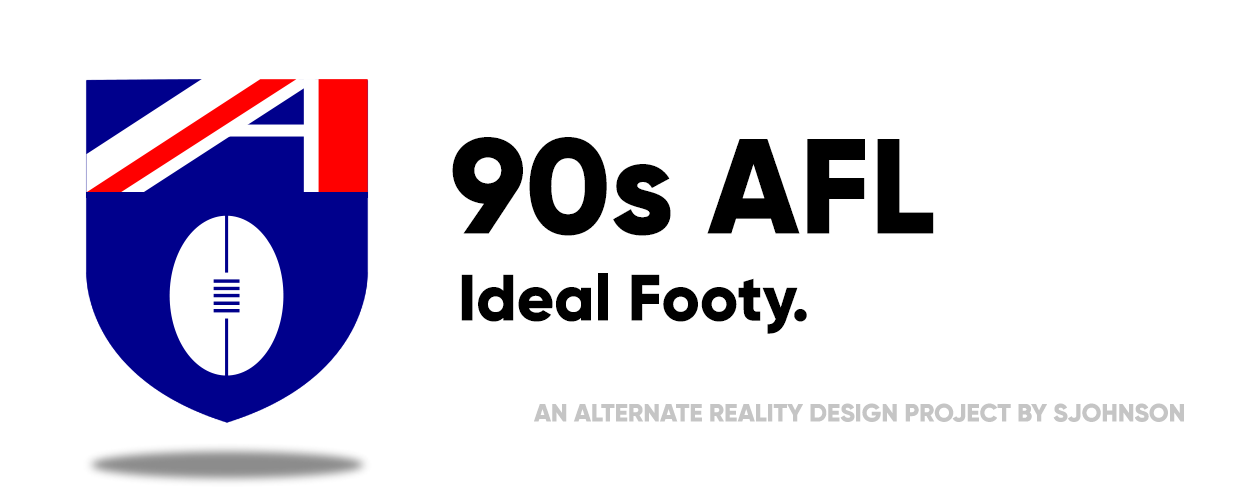
After years of losing elite players to Victoria, the WAFL and SANFL decided enough was enough, and made moves to form a merged competition to rival – and according to plan, overshadow – the Victorian Football League. So, in 1989, the South-West Australian Football League was formed, paralleling the VFL for three years. Despite promising to improve Australian Football, the South-West league ultimately damaged the game, due to SWAFL crowds being no greater than those of the former state leagues, while also leading to lesser VFL television audiences – not to mention the separation of the country’s finest talent into different competitions.
Following another mediocre season of footy in 1991, the game’s governing body, the National Football Commission, sought to rectify the problem. The only trouble with this was the limited time frame, with the 1992 season rapidly approaching. Multiple concepts were floated, including the introduction of new franchises, and a league of state representative teams. However, it became evident that none of the proposed concepts would make footy great again, so some bright spark in NFC headquarters proposed a unified national competition, consisting of traditional teams in a revolutionary divisional league. Ultimately, this concept with given the tick of approval by NFC chairman Bruce Doull. And so the Australian Football League was born. Every club participating in a state league before 1989 had the opportunity to apply for a position in the league; however, entry was not guaranteed, forcing some clubs needed to make drastic changes to increase their chances of acceptance.
In terms of the new league’s aesthetics, the NFC mandated that every club must have a second guernsey providing ample contrast to the clubs’ traditional home jumper, while white shorts were made compulsory for away games, unless the home team chose to wear light shorts.
TL,DR; this is the Australian Football League. Ideal footy.
Hope you enjoy




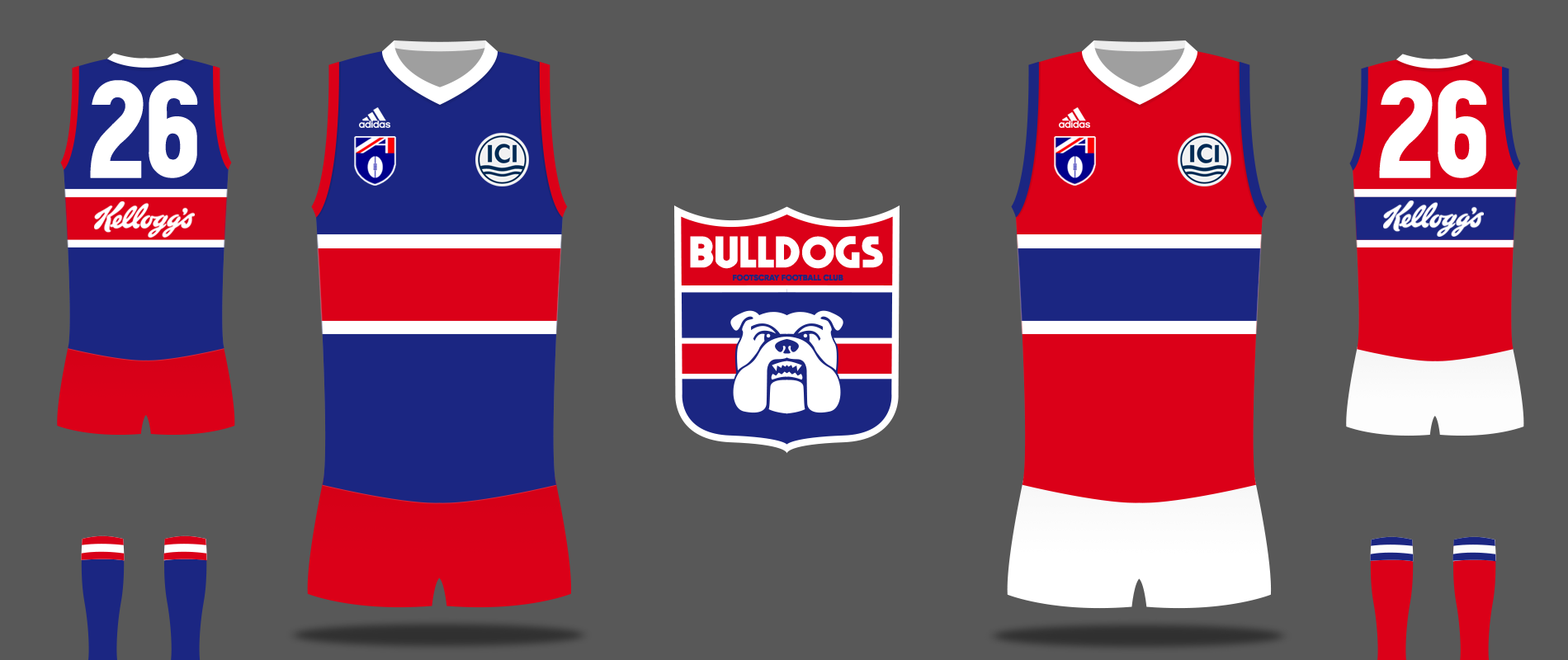
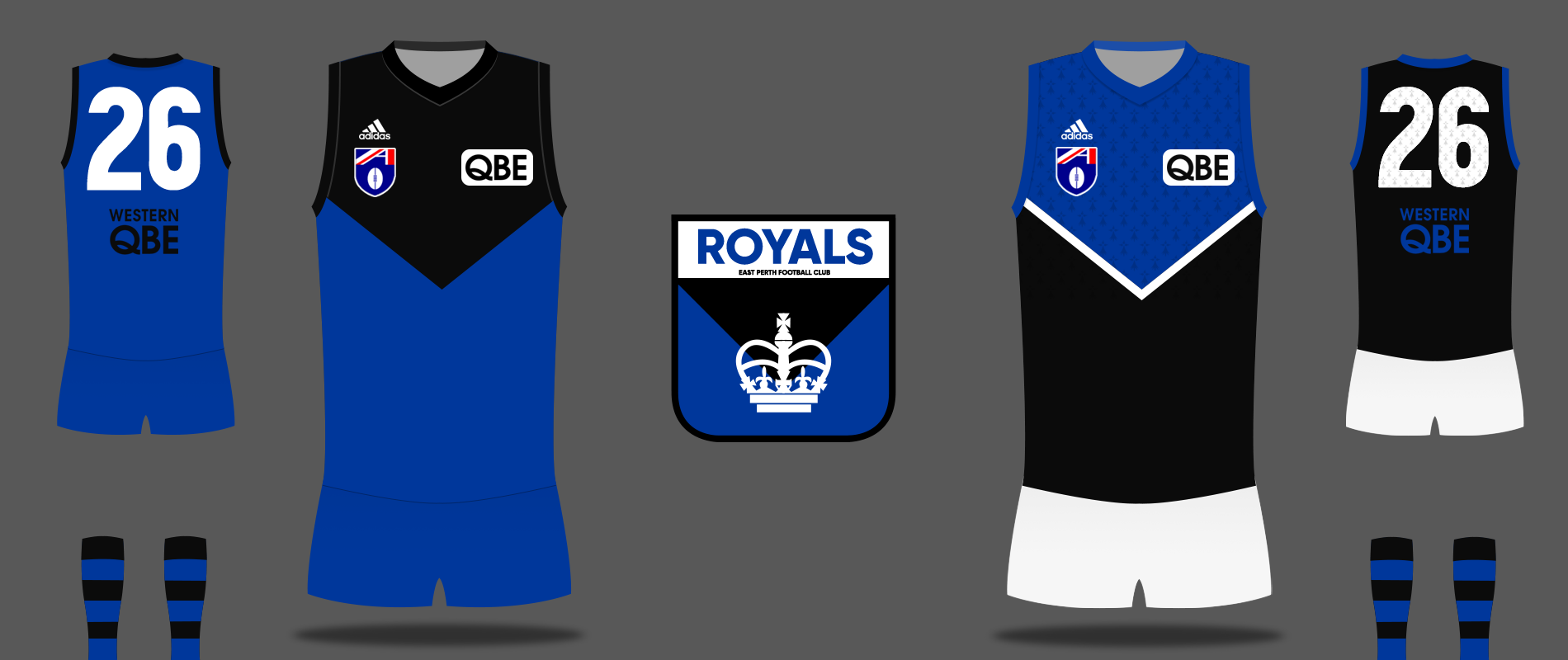
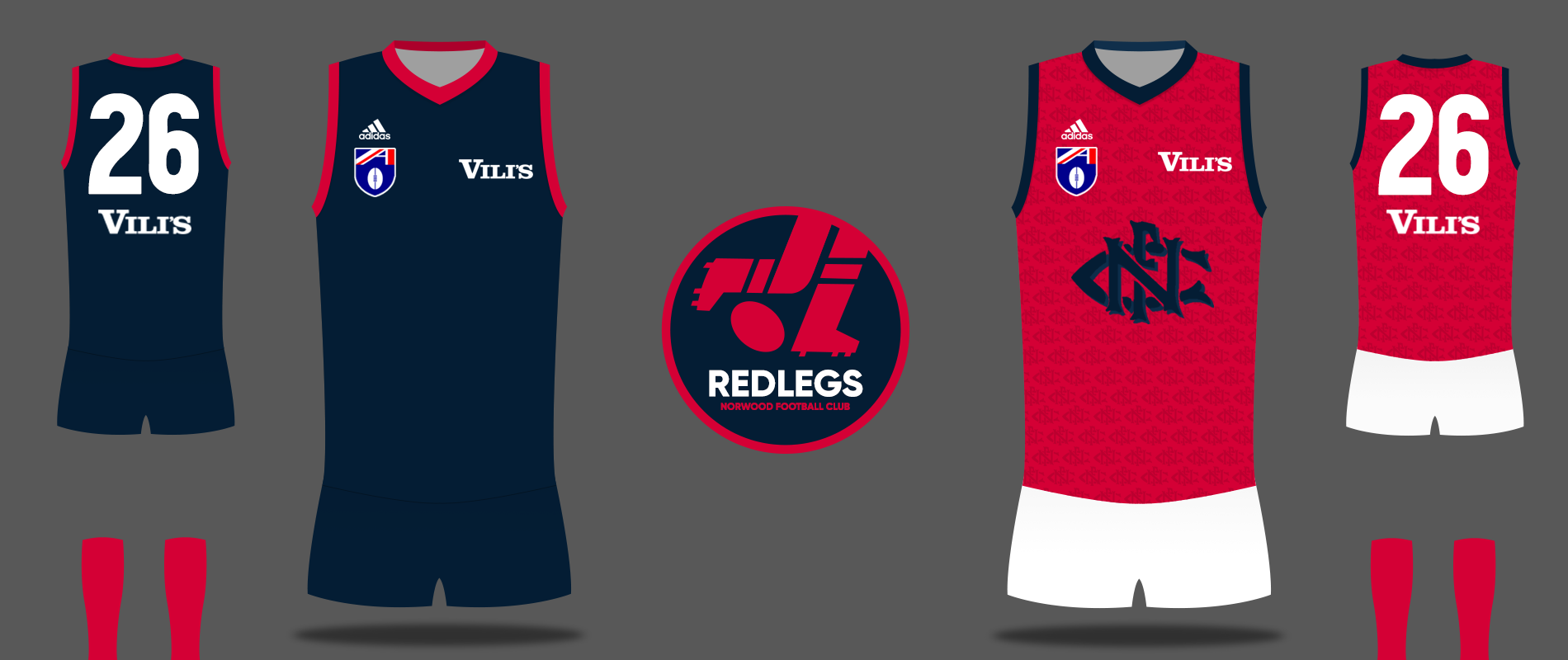
 Can't wait to see more.
Can't wait to see more.